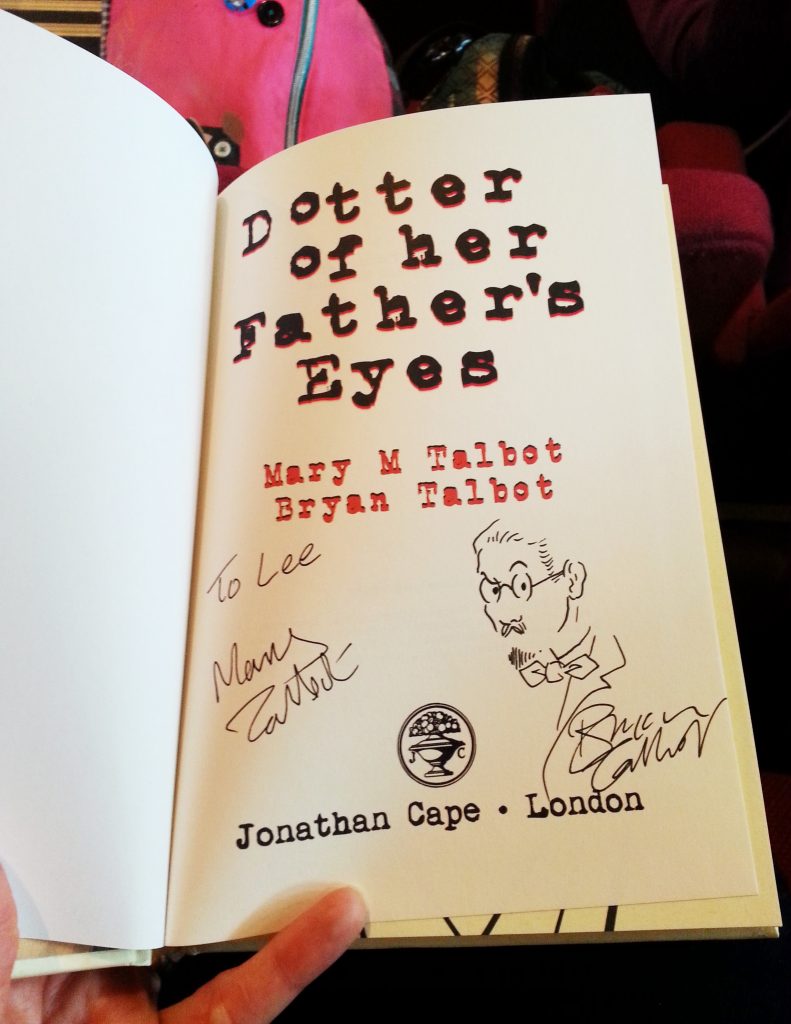Getting older is never easy.
I was reminded of the inevitability of aging as I was happily bussin’ a wine to Arrow singing “Long Time”… although to be specific, it wasn’t so much the wining that was my undoing as the jumping up and down to the bit where he goes “oh oh, long time!”
I went from “oh oh” to “aye aye” when I came down and nearly dislocated my left knee. I had to style it out as I didn’t want my sudden infirmity to become apparent to anyone else in the house and was reduced to chipping for the rest of the song. And it’s a surprisingly long song.
Jump, skin out and wine up yuh body? More like jump, skin out and sit down.
Ah, for the days when I could hop around for the entire length of Preacher’s Jump And Wave – but one cannot remain 14 forever. I told my mother and aunt about my mishap via WhatsApp but I didn’t get a single “cuddear” for my pains, just nuff lols. I suppose they’ve been through it themselves, and to be fair, I did choose a fairly ancient song to make me catspraddle so I suppose it was funny.

Nostagia
Now, for anyone who moves away from home, there is a lot of comfort to be had in the soca from their childhood or young adulthood. We don’t like to let go. Krosfyah was part of my 90’s but Arrow was part of my 80’s, and the 80’s made some soca classics that keep hotel bands going up to now. So I was taking it way back… but this nostalgic trip became too literal.
The word ‘nostalgia’ comes from the greek words ‘nostos’, meaning ‘return home’, and ‘algos’, meaning ‘pain’. Hence, ‘homesickness’. I think I had my share of pain for my mental trip back to my youth, so from now on I might have to stick to listening to Gabby singing “Emmerton”.
I always end up crying, but at least I won’t be limping too.



